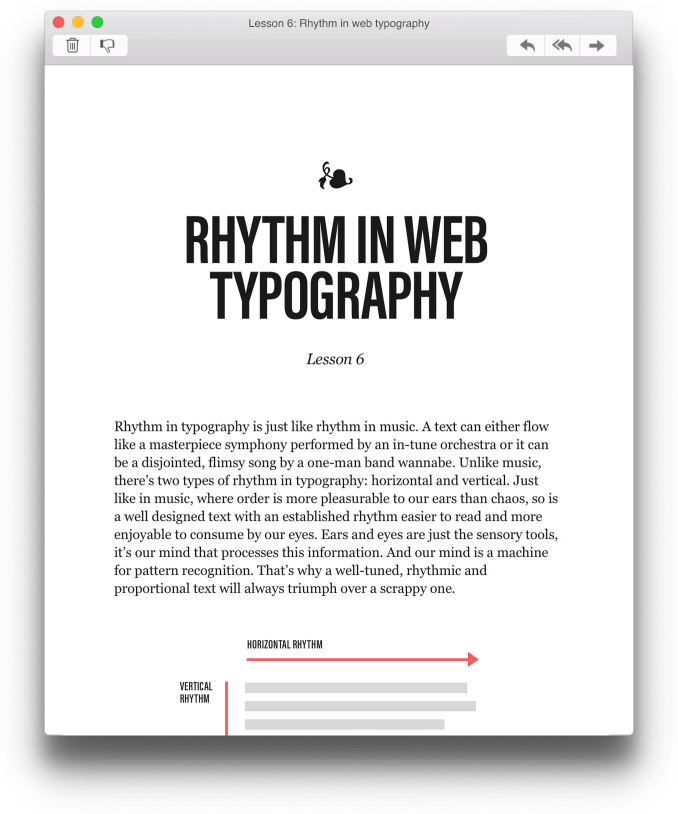Explore Insights with A4J6
A hub for the latest trends and information.
Type That Clicks: Typography Tricks for Web Wizards
Unlock the secrets of impactful web typography! Discover tricks that elevate your design game and make your content shine. Click to learn more!
5 Essential Typography Trends to Enhance Your Web Design
Typography plays a crucial role in web design, influencing how users perceive and interact with content. In 2023, some essential trends are emerging that can elevate your website's aesthetic and usability. One of the leading trends is the use of variable fonts, which allow for multiple styles (regular, bold, italic) within a single font file. This not only reduces load times but also gives designers the flexibility to create unique typographic expressions without overwhelming the webpage with numerous files.
Another notable trend is the shift towards large, expressive headlines that create an immediate impact. Utilizing oversized typography can draw attention to key messages and enhance brand identity. Additionally, a focus on minimalist typography is gaining traction, where clean lines and ample white space promote readability and drawing the user's focus to the content. By staying ahead of these typography trends, you can significantly enhance your web design and ensure a delightful user experience.

How to Choose the Perfect Font Combination for Your Website
Choosing the perfect font combination for your website is crucial for creating an engaging user experience. A well-selected font pairing can enhance readability, convey your brand’s personality, and draw attention to important content. Start by considering the overall mood and tone of your website. For instance, if you are building a business site, you might opt for clean, sans-serif fonts for a modern look. On the other hand, a creative portfolio might benefit from more decorative serif fonts that reflect artistic flair.
When exploring font combinations, aim for contrast without chaos. Here are some tips to ensure you strike the right balance:
- Limit your number of fonts: Stick to two or three fonts to maintain cohesion.
- Pair fonts wisely: Combine a serif with a sans-serif font to create visual interest.
- Consider hierarchy: Use different font weights or sizes to highlight headings and subheadings effectively.
By following these guidelines, you can craft a visually appealing and functional typography that enhances your website’s overall aesthetic.
The Impact of Typography on User Experience: What You Need to Know
Typography plays a crucial role in shaping the user experience on any digital platform. The choice of fonts, sizes, and spacing directly influences the readability and overall aesthetic of the content. When users encounter a webpage with clear and engaging typography, they are more likely to stay longer, absorb the information, and navigate seamlessly through the site. A well-structured typographic hierarchy helps guide users' attention and enhances their ability to scan the content efficiently, making it vital for web designers and content creators to prioritize typography in their strategies.
Moreover, typography affects user emotions and perceptions. A clean, modern font can evoke feelings of trust and professionalism, while a playful typeface may create a sense of whimsy and creativity. Understanding the psychological impact of different type styles is essential in crafting an effective user experience. It's important to avoid common pitfalls, such as using clashing fonts or overly decorative styles that may distract from the message. By focusing on key principles of typography—like alignment, contrast, and spacing—designers can significantly enhance the usability and appeal of their websites.